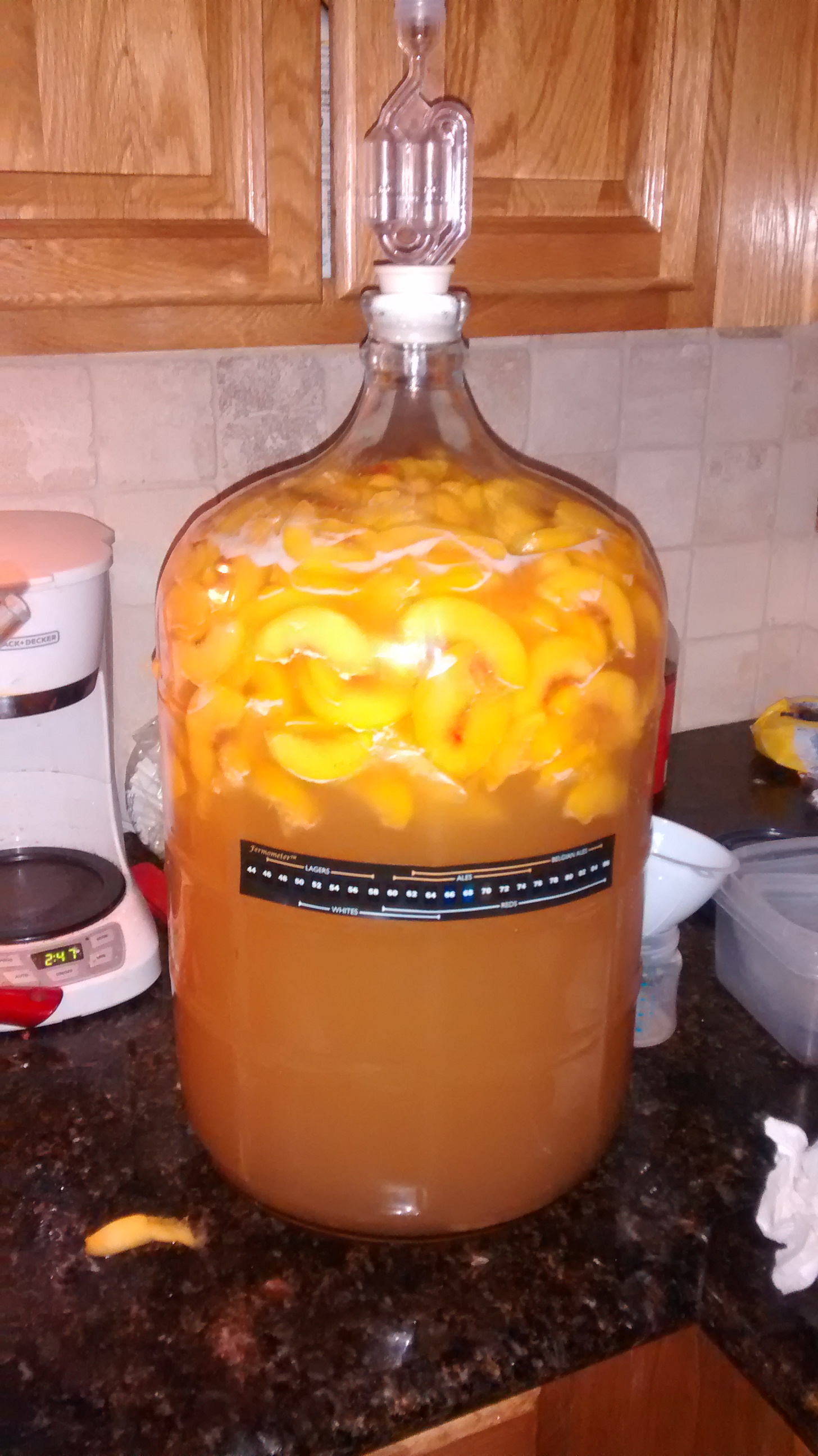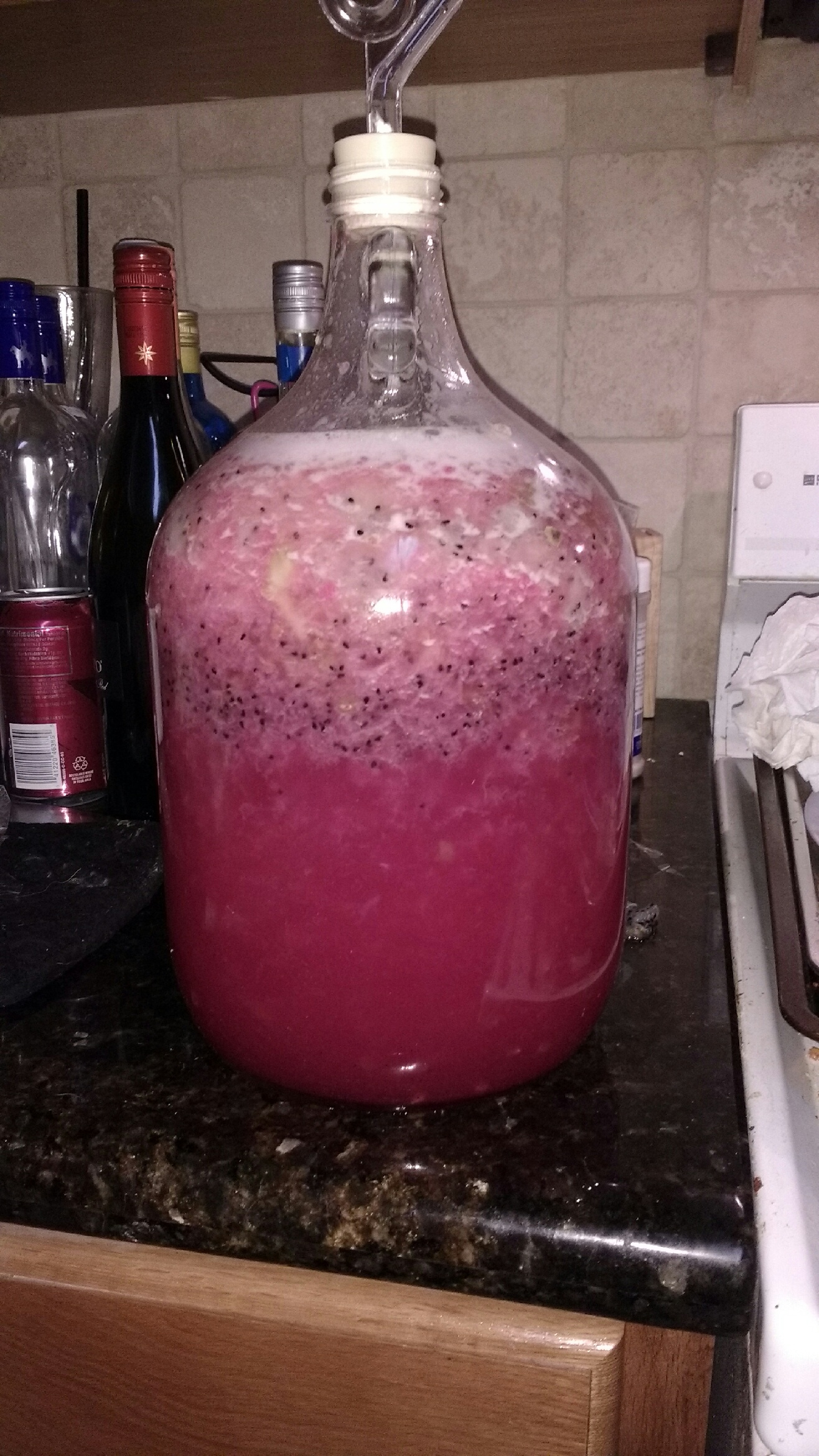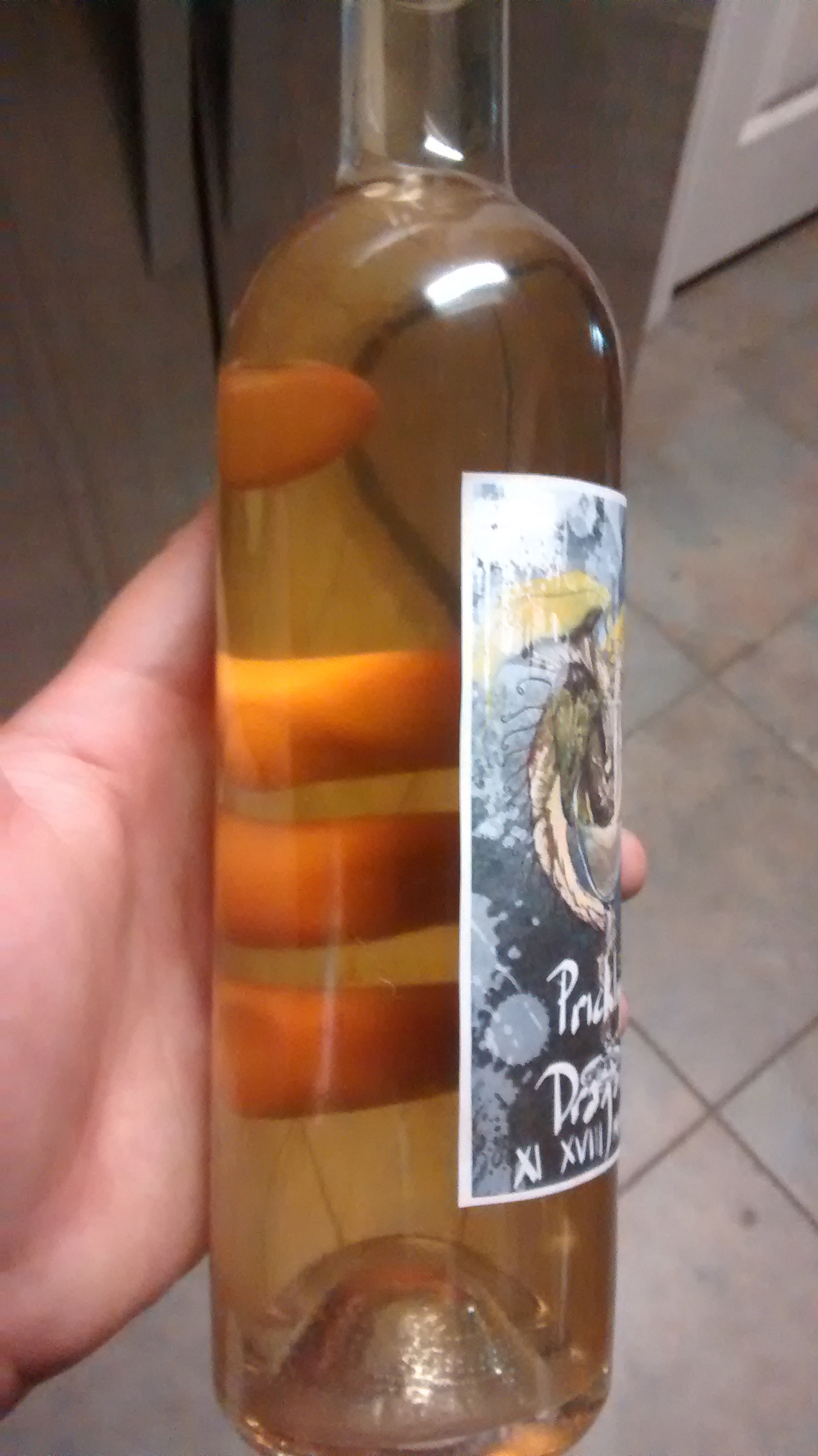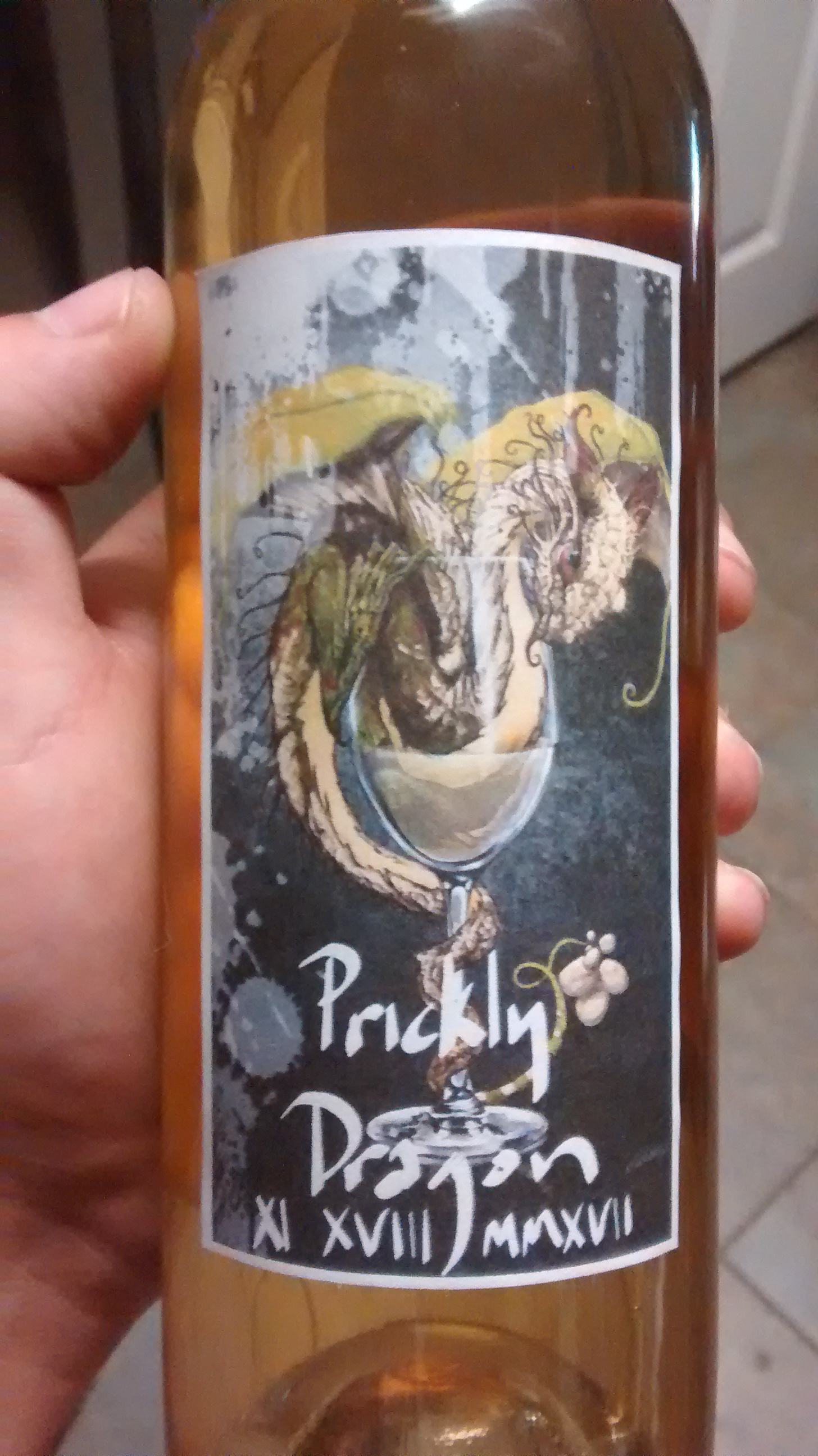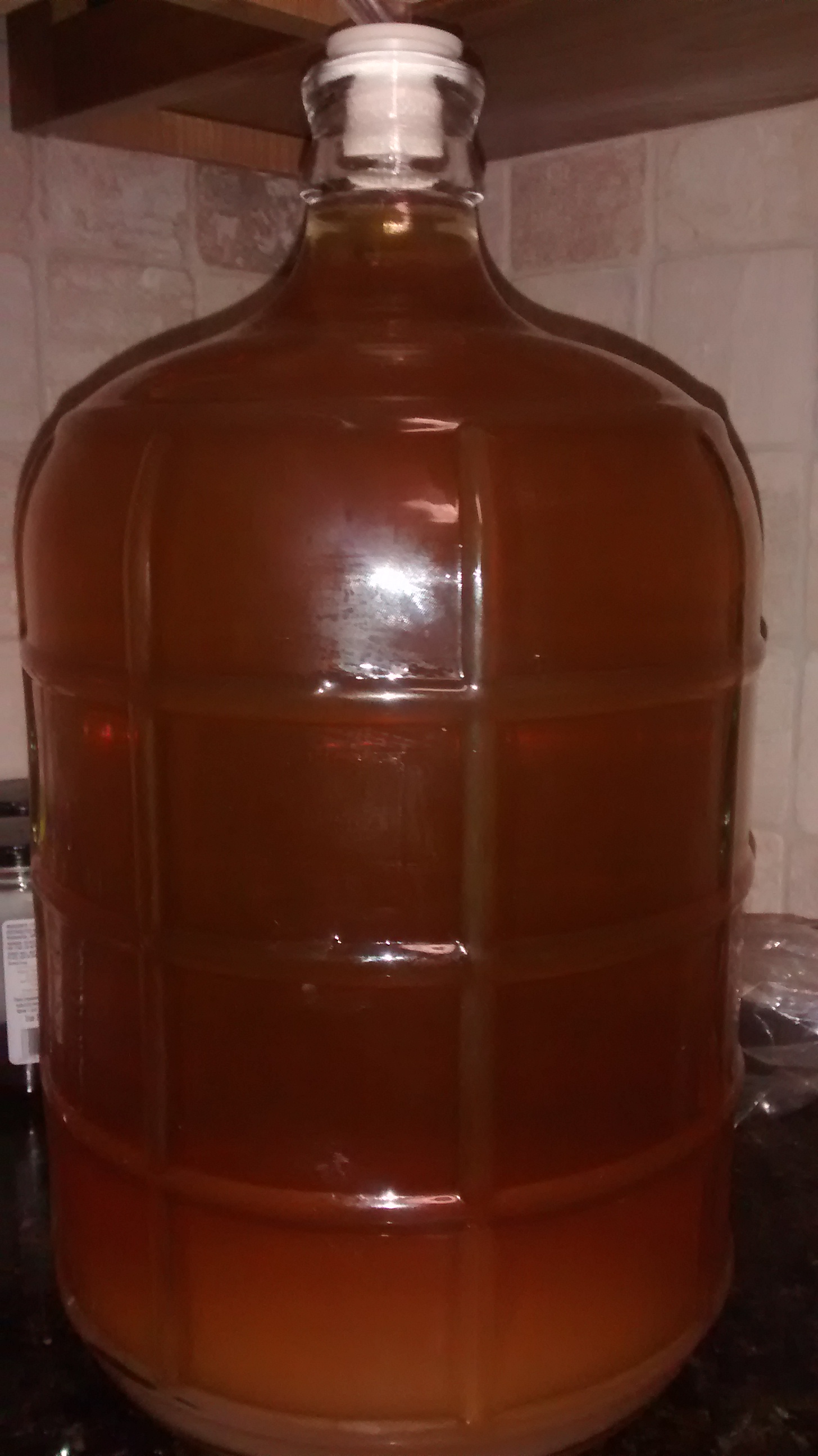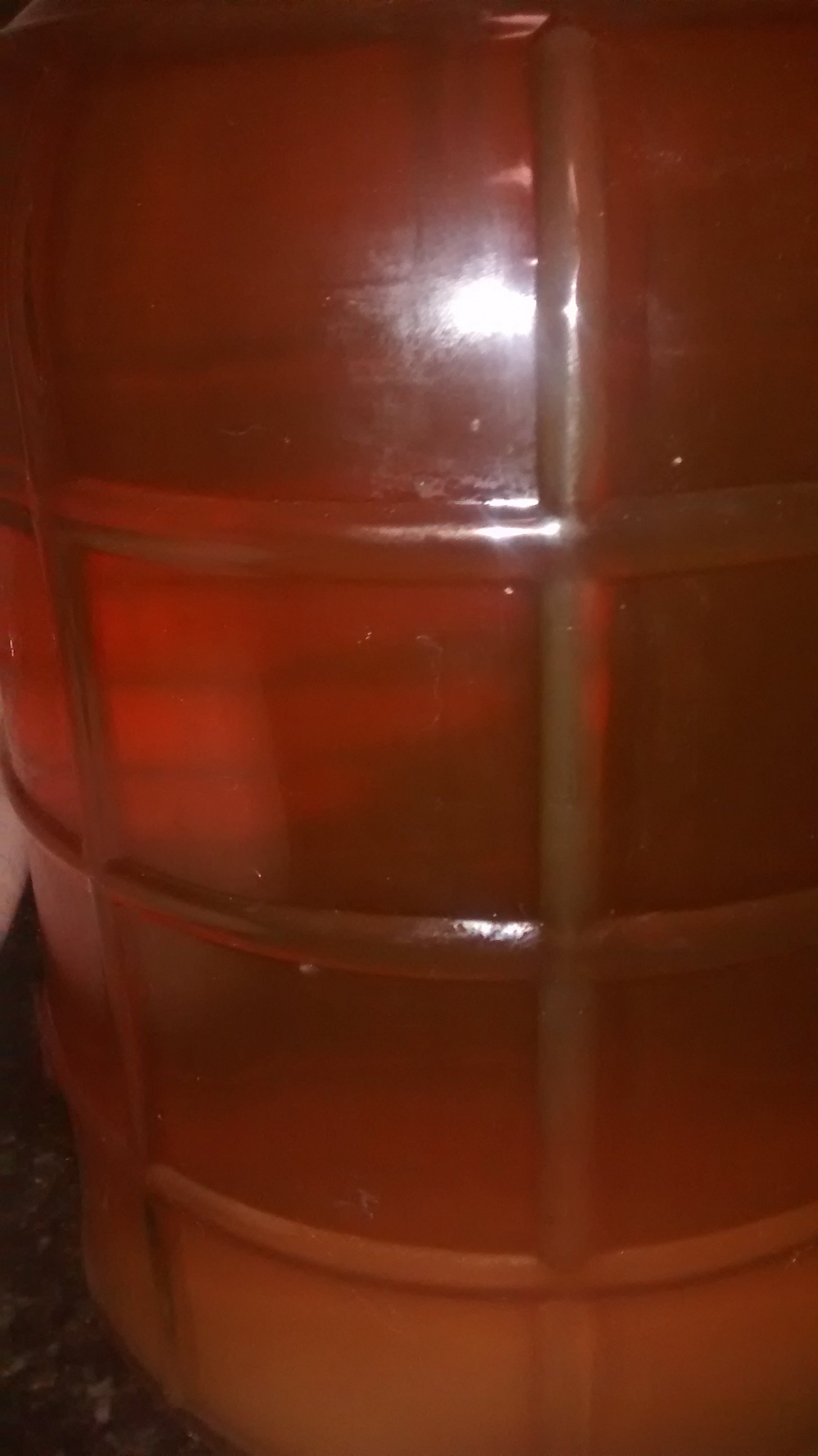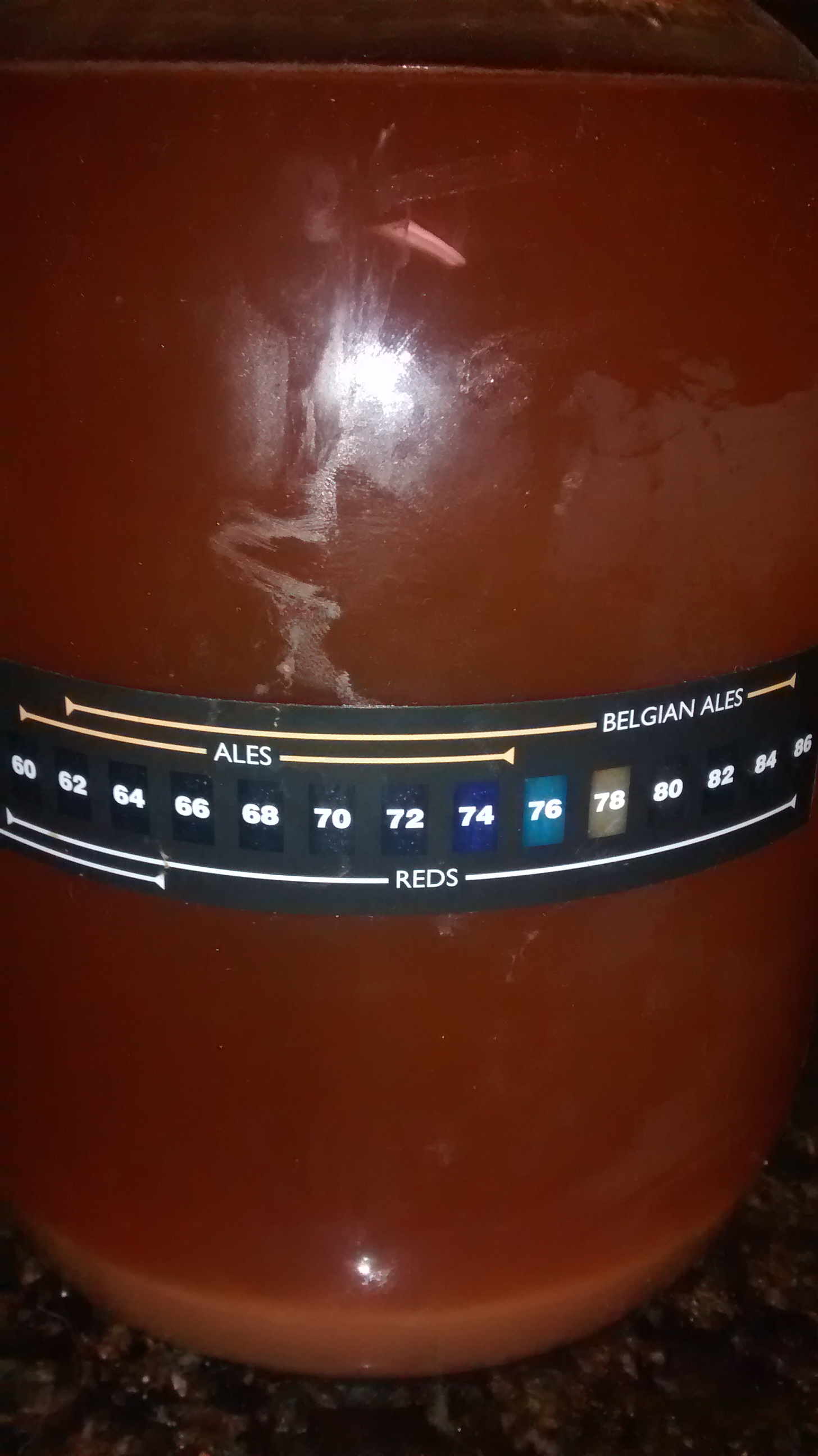So my fiance and I just got everything we need to start our first attempts at mead making, and I've always found the advice from people on forums like this to be invaluable.
For my batch, I'm going to try a peach mead. For a 5 gallon batch, I'm using 18 lbs of clover honey, 15 lbs of peaches, some cinnamon sticks, some vanilla extract, and I'm using 71B-1122 yeast. I've seen some recipes that say you should also include raisins or lemons but I don't really get why, if anyone has any insight as to what they bring to the table I'd appreciate it. Also any idea how much vanilla extract and cinnamon should be used for a 5 gallon batch?
My fiance is trying a different approach. She is only making a 1 gallon batch, so she is using 6 pounds of honey, 5 lbs of prickly pears, and a couple lemons. She is trying a different yeast, EC-1118 which is a champaign yeast.
So there it is, once we finally get it all started I'll update and let y'all know how it goes, in the meantime would love to hear any feedback/critiques about the recipes.
For my batch, I'm going to try a peach mead. For a 5 gallon batch, I'm using 18 lbs of clover honey, 15 lbs of peaches, some cinnamon sticks, some vanilla extract, and I'm using 71B-1122 yeast. I've seen some recipes that say you should also include raisins or lemons but I don't really get why, if anyone has any insight as to what they bring to the table I'd appreciate it. Also any idea how much vanilla extract and cinnamon should be used for a 5 gallon batch?
My fiance is trying a different approach. She is only making a 1 gallon batch, so she is using 6 pounds of honey, 5 lbs of prickly pears, and a couple lemons. She is trying a different yeast, EC-1118 which is a champaign yeast.
So there it is, once we finally get it all started I'll update and let y'all know how it goes, in the meantime would love to hear any feedback/critiques about the recipes.


![Craft A Brew - Safale S-04 Dry Yeast - Fermentis - English Ale Dry Yeast - For English and American Ales and Hard Apple Ciders - Ingredients for Home Brewing - Beer Making Supplies - [1 Pack]](https://m.media-amazon.com/images/I/41fVGNh6JfL._SL500_.jpg)





















































